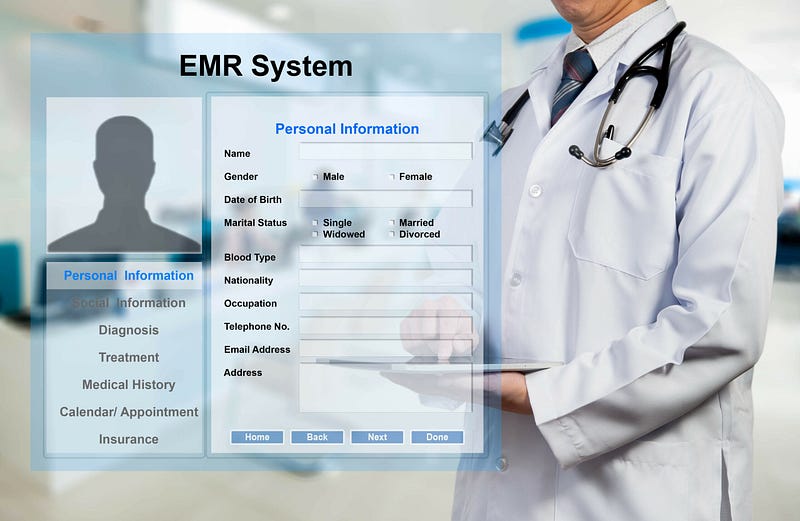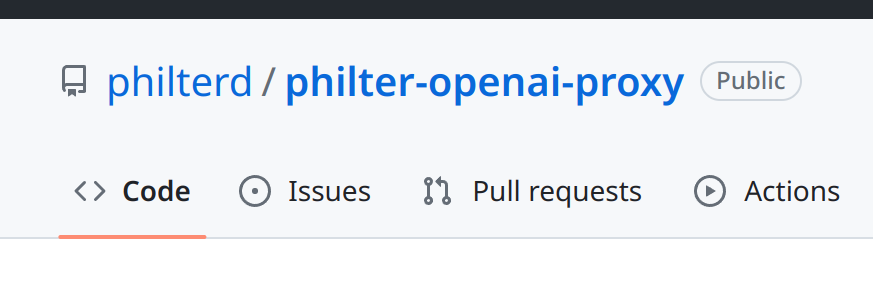
We have all had a doctor’s visit where we are asked to fill out their HIPAA form regarding who they can share our medical data with. The form is typically titled HIPAA Privacy Notice or something similar. Because of this, probably most of us are familiar with HIPAA and what its general purpose. But for those of us in the tech industry, even those outside of the healthcare sector, it’s beneficial to have a slightly deeper understanding of HIPAA and protected health information (PHI).
PHI is any information that can be used to identify a patient. Formally, HIPAA defines 18 categories of PHI under the HIPAA Privacy Rule. These categories include names, social security numbers, addresses, biometric data, and patient record numbers. That’s most of the obvious ones. Things like email address, vehicle identification numbers (VINs), and fax numbers are also part of those 18 categories.
The advent of DevOps cultures has helped make knowledge of HIPAA and PHI a team requirement. All team members need to understand what is PHI and the implications of having PHI in a system. Prior to DevOps, it was likely that only a select few team members had access to data containing PHI. The democratization of team responsibilities introduced by DevOps now means all team members may potentially have access to PHI data.
PHI and DevOps
Team Training
The very first thing your organization should do is develop a training program to educate current and future team members on PHI. (The HIPAA Privacy and Security Rules mandate appropriate training.) The content of the training is out of scope here, but once completing the training each team member should have a solid working knowledge of HIPAA and PHI and awareness of the possible penalties for failing to proect PHI at all times.
Well-Defined Scope and Approved Services
Next, the scope of PHI in your system should be very well defined and documented. The boundaries where PHI exists should be well-known to all team members. If you are operating in a cloud environment with a signed Business Associate Agreement, all team members should be aware of the cloud provider’s services that are approved for PHI data. It is a common pitfall to utilize a cloud provider’s service that is not on the list of approved services.
During the design phase, it is imperative the team fully research any third-party services to determine if they are approved for storing PHI data. After delivery, we recommend regularly checking the cloud providers list of approved services as new additions are made over time. For example, a new service just launched may not be approved, but in the next six months it will be listed on the BAA list of approved services.
Least Privilege Permissions
Your method of assigning permissions to team members should be based on the paradigm of least privilege. Team members should only have access to the data they need to in order to perform their role. For example, in an AWS environment it is a best practice to have a separate AWS account to contain the application logs. This account is only accessible by the project’s security team members. The application can write logs to the account via CloudWatch or some other log aggregation utility but only the security team members can view the logs.
Encryption of Data
Each team member should also be aware of the basic security precautions required for PHI. Encryption of data at rest and in motion is paramount, even in a virtual private cloud or other isolated environment. The movement of traffic in an isolated environment is not a substitute for transport encryption. Full disk encryption, transport layer encryption, and encryption provided by blob stores and other persistent data stores will help protect the data. A deep knowledge of the cloud provider being utilized is essential. Resources are available for AWS, Azure, and Google Cloud.
Disaster and Recovery Plan
Your team should have a disaster and recovery plan that clearly defines the required steps and roles. This is required by the HIPAA Security Rule. The plan should define how PHI data will be managed and restored and how the project will operate in the event of some natural or man-made disaster. The plan should clearly outline how the PHI data will be protected at all times throughout execution of the plan.
While a disaster and recovery plan is not specific to DevOps teams, a DevOps culture will certainly affect how the plan is written. Roles and responsibilities may transcend the traditional lines of development and operations. It may utilize an on-call schedule to contact the applicable team members. A DevOps culture makes it crucial that all team members be aware of the plan since the responsibility of executing the plan likely requires at least one team member from each role.
It is also crucial that all disaster and recovery plans be tested in order to identify areas of improvement and to ensure team members are aware of and can execute their responsibilities when needed. In AWS terminology these planned events are referred to as Game days.
Going Forward
The task of managing PHI can be a daunting one but it should not be an impediment to your project’s success. With the appropriate care, knowledge, and awareness, your team can create and execute a strategy to successfully manage PHI in your environments. If you need to remove PHI from data take a look at our Philter application. Philter can help you make that data usable for other purposes.


